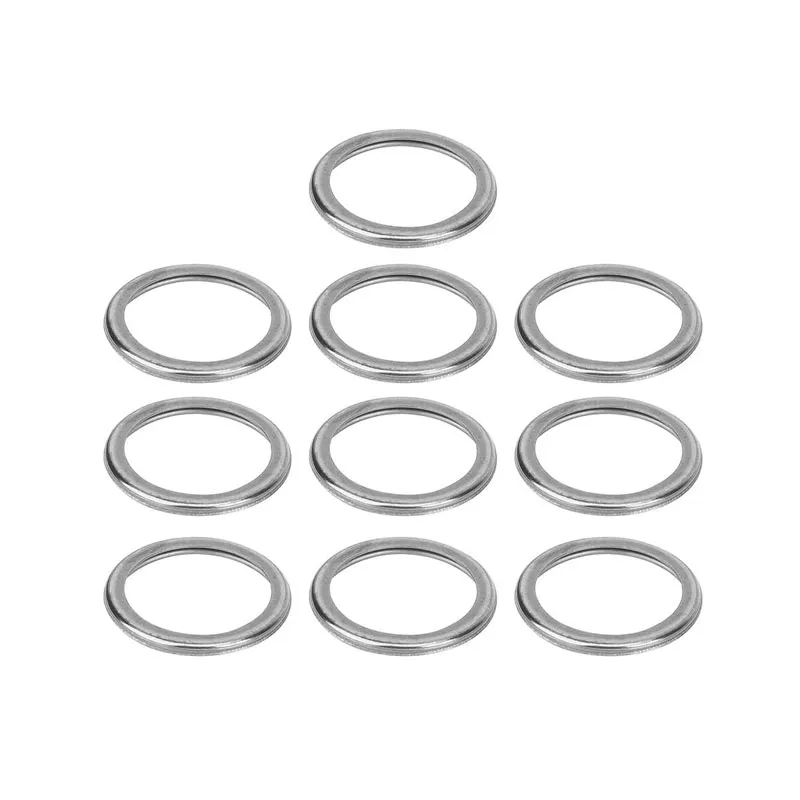flat face gasket
Understanding Flat Face Gaskets A Key Component in Sealing Technology
Flat face gaskets are a vital element in various industrial applications, serving as an essential component for sealing in piping systems. These gaskets are designed to create a leak-proof seal between two flat surfaces, ensuring the integrity and functionality of mechanical assemblies. This article explores the characteristics, applications, advantages, and best practices associated with flat face gaskets.
Characteristics of Flat Face Gaskets
Flat face gaskets are typically made from materials such as rubber, cork, metal, or composite substances. What sets them apart is their uniform thickness and flat surfaces that sit perfectly against the mating flanges. The design allows for even distribution of pressure across the gasket surface, which enhances sealing performance. Flat face gaskets do not have raised profiles, making them suitable for use in applications where the flanges are of the same plane or where no lip or ridge is present.
Applications of Flat Face Gaskets
Flat face gaskets are employed across a variety of industries, including oil and gas, chemical processing, automotive, and water treatment. Their primary function is to prevent leaks and maintain fluid containment in piping systems. In the oil and gas industry, for instance, these gaskets are essential for ensuring that pipelines remain sealed under high pressure and temperature conditions. In the chemical processing sector, flat face gaskets are used to seal valves, pumps, and heat exchangers, protecting against hazardous leaks that could pose safety risks.
In addition to these applications, flat face gaskets are found in HVAC systems, food and beverage processing, and even in domestic plumbing. Their versatility makes them indispensable in both high-pressure industrial applications and everyday household plumbing needs.
Advantages of Flat Face Gaskets
One of the primary advantages of flat face gaskets is their ability to provide a reliable seal under varying pressure and temperature conditions
. Their flat design allows for easy installation and maintenance, as they can be placed directly between flanges without the need for additional tools or equipment. Moreover, flat face gaskets can accommodate slight misalignments in flanges, which is particularly beneficial in real-world applications where perfect alignment cannot always be guaranteed.Another significant advantage is the availability of a wide range of materials. Depending on the application, flat face gaskets can be manufactured from rubber for lower pressure systems or metal for high-pressure environments. This adaptability in material choice allows for optimal performance in specific conditions, enhancing operational reliability.
flat face gasket

Best Practices for Using Flat Face Gaskets
To ensure the longevity and effectiveness of flat face gaskets, several best practices should be followed
1. Surface Preparation Always ensure that the mating surfaces are clean, smooth, and free from debris. Any imperfections can compromise the sealing capability of the gasket.
2. Torque Settings Follow manufacturer guidelines regarding torque specifications when fastening flanges. Improper torque can lead to gasket failure and leaks.
3. Material Selection Choose a gasket material suitable for the specific application, taking into consideration factors like temperature, pressure, and chemical exposure.
4. Regular Inspections Conduct routine checks for signs of wear or damage to the gasket and the flanges to prevent unexpected failures.
5. Environmental Considerations Be mindful of the operating environment. Factors such as temperature extremes and chemical exposure can affect gasket performance.
Conclusion
Flat face gaskets play a crucial role in ensuring the efficiency and safety of various industrial and domestic applications. Their simple design belies their importance, as they provide reliable sealing solutions in challenging environments. By understanding their characteristics and adhering to best practices, industries can effectively utilize flat face gaskets to enhance system performance and reduce the risk of leaks. As technology advances, the development of new materials and designs for these gaskets continues, promising even greater durability and reliability in the future.
-
Understanding Automotive Oil Seals: Essential Components for Engine and Shaft Protection
News Jul.30,2025
-
The Importance of Heavy Duty Seals in Industrial and Residential Applications
News Jul.30,2025
-
Exploring Industrial Oil Seals: From Felt Oil Seals to TTO and CFW Solutions
News Jul.30,2025
-
Essential Guide to Oil Seals: From Radial to Metal-Cased Seals for Industrial Reliability
News Jul.30,2025
-
Choosing the Right Oil Seals and Gaskets for Industrial and Automotive Applications
News Jul.30,2025
-
Cassette Seals: Durable Sealing Solutions for Harsh Environments
News Jul.30,2025
-
Understanding the Front Main Engine Seal: Purpose, Maintenance, and Installation
News Jul.29,2025
Products categories















